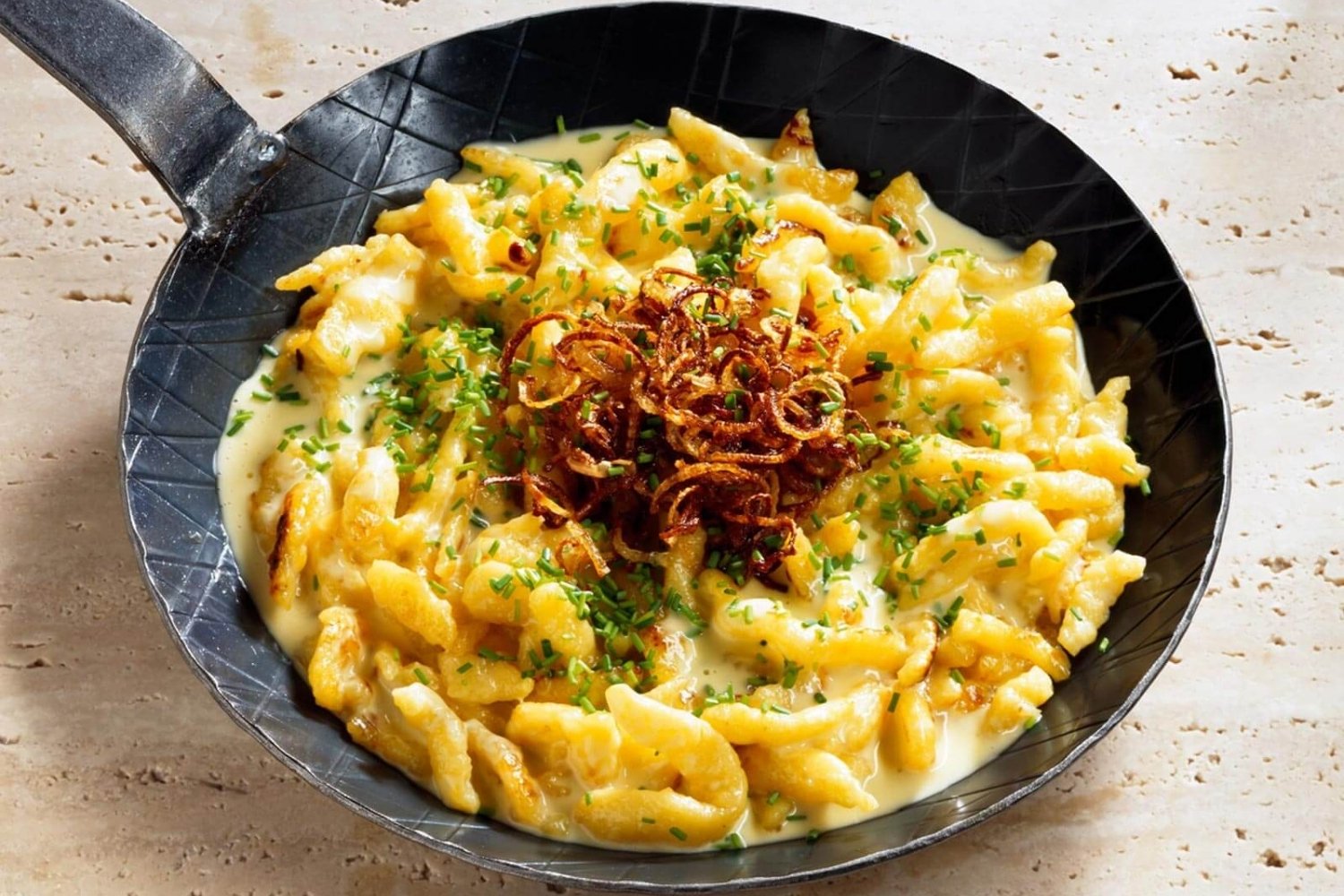
Spätzle is a beloved German dish that has captured the hearts and taste buds of many around the world. But what makes this humble noodle so special? Spätzle is not just any pasta; it’s a culinary delight with a rich history and unique preparation method. Originating from the Swabian region of Germany, these soft egg noodles are often served as a side dish or main course, paired with hearty meats or creamy sauces. Whether you’re a seasoned chef or a curious foodie, understanding the nuances of Spätzle can elevate your cooking game. Ready to learn more? Here are 26 fascinating facts about Spätzle that will make you appreciate this traditional dish even more.
What is Spätzle?
Spätzle is a traditional German dish that has been enjoyed for centuries. These soft egg noodles are a staple in many households and restaurants across Germany, Austria, Switzerland, and Hungary. Let's dive into some fascinating facts about this beloved dish.
-
Spätzle means "little sparrows" in German, referring to their small, irregular shape.
-
The dish originated in the Swabian region of Germany, known for its hearty and comforting cuisine.
-
Spätzle dough is made from simple ingredients: flour, eggs, salt, and water.
-
Traditionally, the dough is scraped off a wooden board into boiling water, creating its unique shape.
-
Modern methods often use a Spätzle press or grater to speed up the process.
How is Spätzle Prepared?
The preparation of Spätzle can vary, but the basic steps remain consistent. Here are some interesting facts about how this dish is made.
-
The dough must be mixed until it reaches a smooth, elastic consistency.
-
After mixing, the dough rests for about 30 minutes to allow the gluten to develop.
-
Boiling water is essential for cooking Spätzle, and it should be salted generously.
-
Once the dough is ready, it is either scraped, pressed, or grated into the boiling water.
-
Spätzle floats to the surface when cooked, usually within 2-3 minutes.
Variations of Spätzle
Spätzle can be customized in many ways to suit different tastes and occasions. Here are some popular variations.
-
Käsespätzle is a cheesy version, often compared to mac and cheese, made with layers of Spätzle and melted cheese.
-
Herb Spätzle includes fresh herbs like parsley, chives, or dill mixed into the dough.
-
Spinach Spätzle incorporates pureed spinach, giving the noodles a vibrant green color.
-
Sweet Spätzle can be made by adding sugar and cinnamon, often served with fruit compote.
-
In some regions, Spätzle is fried in butter after boiling, adding a crispy texture.
Spätzle in Culture
Spätzle holds a special place in the hearts of many, not just for its taste but also for its cultural significance.
-
It is often served as a side dish with meat, such as schnitzel or roast pork.
-
Spätzle is a common dish during festive occasions and family gatherings in Germany.
-
The dish is so beloved that there are Spätzle festivals, where people celebrate and enjoy different variations.
-
In Swabia, there is a saying, "Ohne Spätzle kein richtiges Essen," meaning "Without Spätzle, it's not a proper meal."
-
Spätzle has even made its way into popular culture, appearing in German films and literature.
Nutritional Facts about Spätzle
While Spätzle is delicious, it's also interesting to know about its nutritional aspects.
-
A typical serving of Spätzle contains around 200-250 calories.
-
It is a good source of carbohydrates, providing energy for the body.
-
The dish also contains protein from the eggs, essential for muscle repair and growth.
-
Adding vegetables or herbs can increase the nutritional value, providing vitamins and minerals.
-
Spätzle can be made gluten-free by using alternative flours like rice or chickpea flour.
-
Despite being a comfort food, Spätzle can be part of a balanced diet when enjoyed in moderation.
Spätzle: A Tasty Tradition
Spätzle isn't just a dish; it's a piece of cultural heritage. From its humble beginnings in Swabia to its global popularity today, this noodle has captured hearts and taste buds alike. Whether served with cheese, gravy, or simply butter, Spätzle offers a versatile and comforting meal. Its simple ingredients—flour, eggs, salt, and water—make it accessible to anyone wanting to try their hand at making it. Plus, the unique texture and flavor set it apart from other noodles. So next time you're in the mood for something different, give Spätzle a try. You might find a new favorite comfort food. Enjoy the rich history and delicious taste of this German classic. Happy cooking!
Was this page helpful?
Our commitment to delivering trustworthy and engaging content is at the heart of what we do. Each fact on our site is contributed by real users like you, bringing a wealth of diverse insights and information. To ensure the highest standards of accuracy and reliability, our dedicated editors meticulously review each submission. This process guarantees that the facts we share are not only fascinating but also credible. Trust in our commitment to quality and authenticity as you explore and learn with us.
